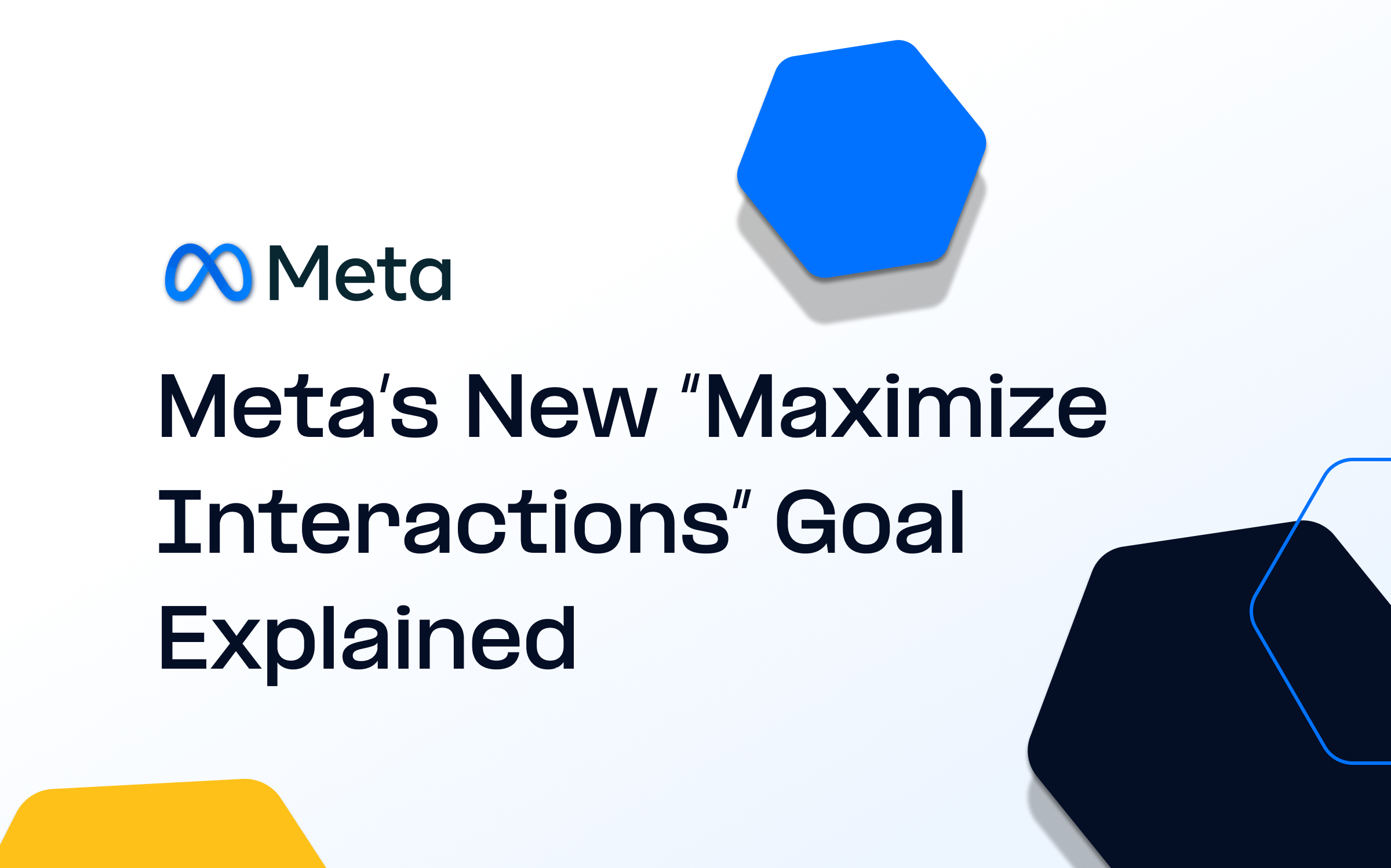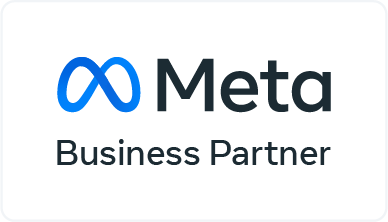This update, called Meta AI ads personalization, marks the next phase of Meta’s AI-driven advertising strategy.
According to reports from Reuters, CNET, and Meta’s newsroom, these AI chats will be used as personalization signals, shaping what users see in posts, Reels, and sponsored content.
Meta says the goal is to make ads “more relevant, timely, and useful,” while still excluding sensitive data such as health, political views, or ethnic origin.
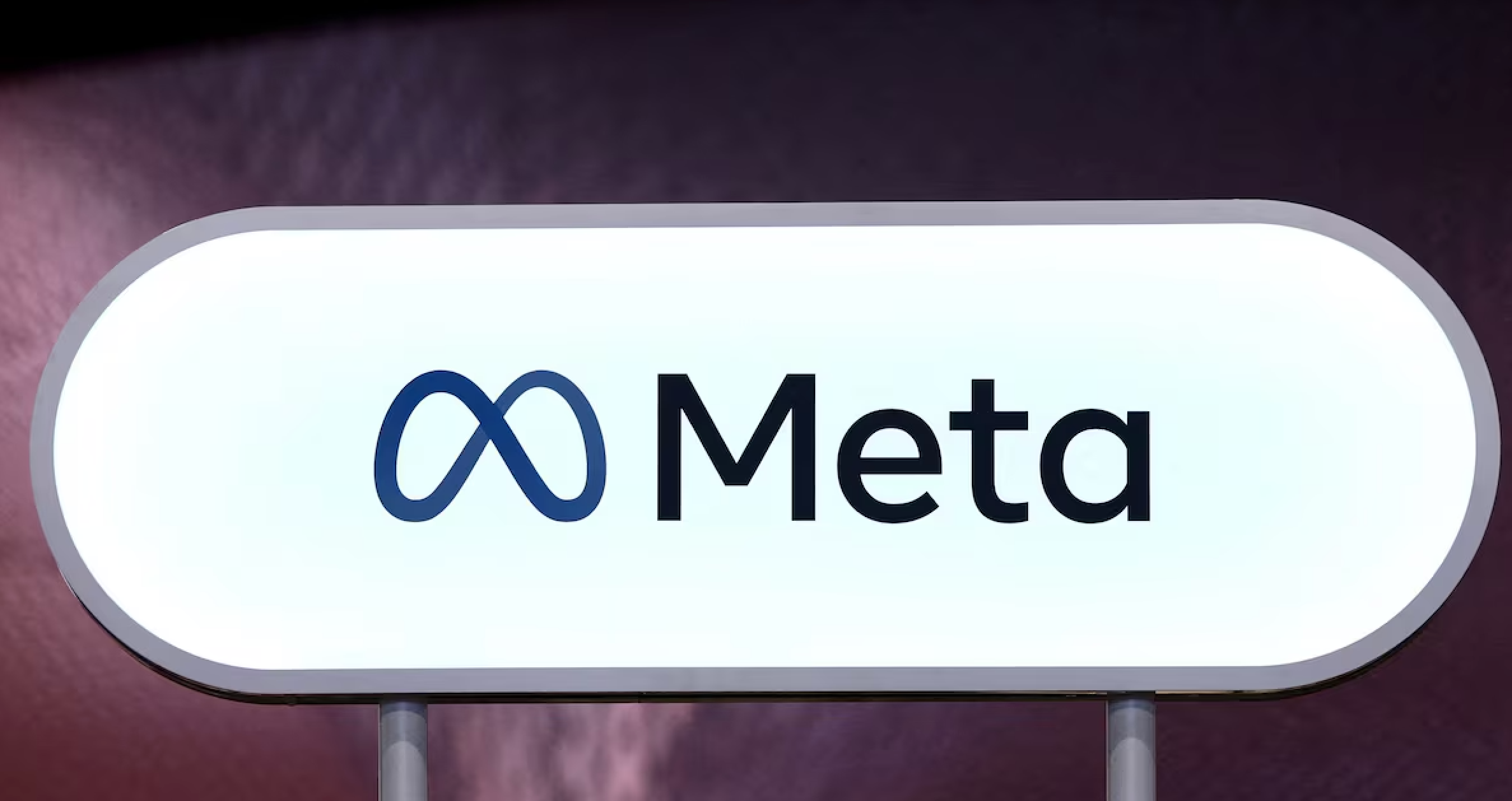
What is Meta AI ads personalization?
The update connects AI chats, AI tools, and AI features inside Meta’s ecosystem directly to its ad targeting systems.
Here’s how it works:
- When users interact with Meta’s AI -asking for product advice, design ideas, or gift suggestions -those AI interactions help predict interest categories.
- These new signals feed Meta’s ad targeting and recommendation engines, improving personalization across Facebook and Instagram.
- The system focuses on people’s interactions rather than only traditional metrics like clicks or likes.
For most regions outside the EU, users won’t see an opt-out option initially. However, Meta promises transparency through labels that show when personalization by AI is active.
Why this update matters
a. Richer AI-driven targeting
Meta’s AI can now interpret conversations and interests across its apps to build deeper audience insights.
For advertisers, this means more powerful - but also more opaque - automation. The better your conversion signals, the more accurately Meta’s AI learns.
b. Changing audience behavior
Because personalization is based on conversations, audience definitions will evolve quickly.
A user chatting about “eco-friendly skincare” today might trigger ads from beauty brands tomorrow, creating real-time personalization loops.
c. New focus on data quality
When Meta’s AI uses contextual signals to personalize content and ads, low-quality conversion data can send the algorithm in the wrong direction.
Advertisers that track high-fidelity events - purchases, add-to-cart, browse sessions - via server-side tracking will see stronger, steadier results.
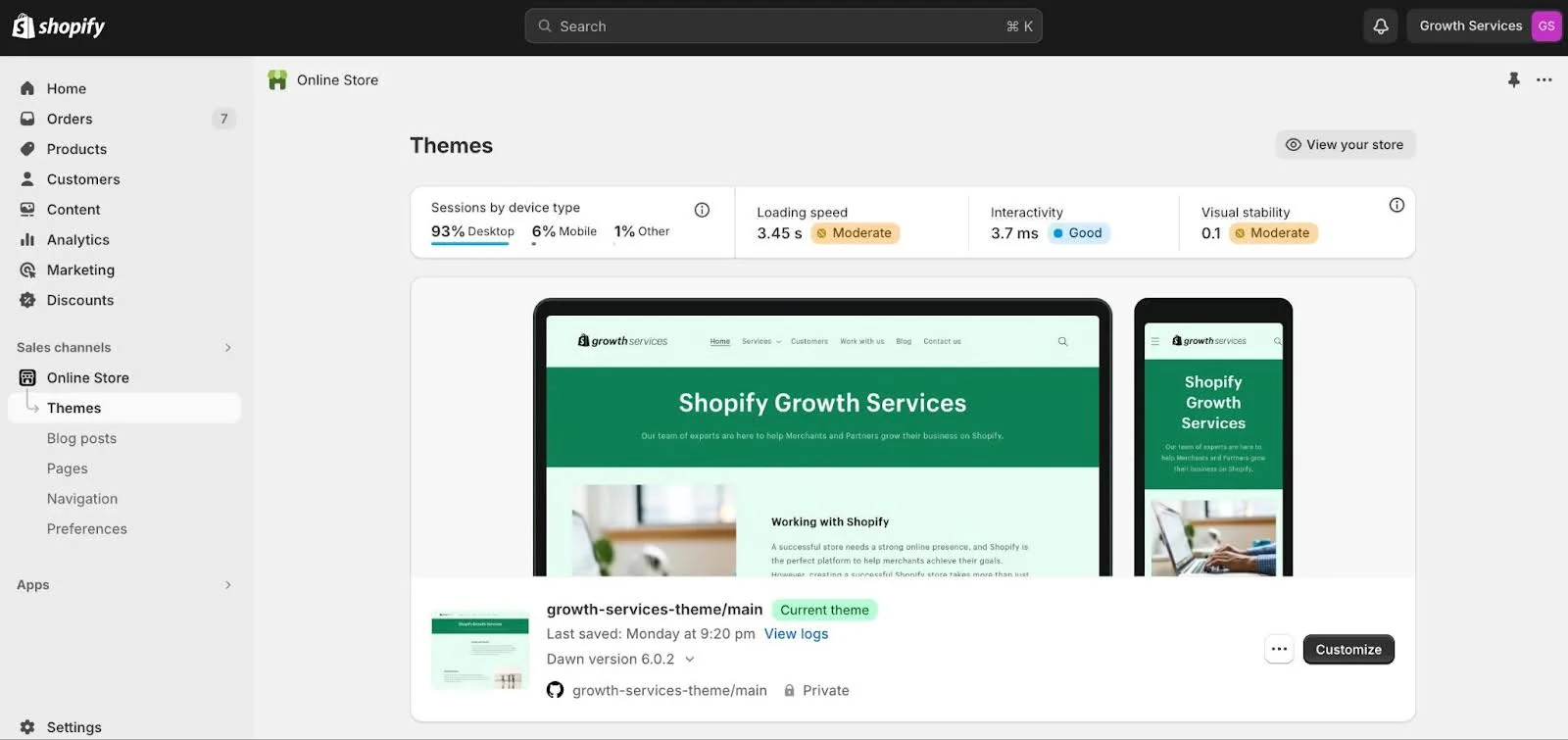
Implications for Shopify DTC brands
Shopify merchants should expect faster-learning campaigns and more reactive ad targeting behavior.
Here’s how to prepare:
- Audit your tracking setup
Ensure all Meta pixel and API events (purchase, add-to-cart, page view) are firing server-side for accuracy. Use TrackBee for this! You can try it 30 days for free. - Align creative with context
Since AI chats generate new intent signals, design ad creatives that mirror conversational intent, “best gifts for runners” will resonate more than generic slogans. - Monitor audience shifts
Track performance as Meta’s personalization feature rolls out. Early learning phases may cause CPM volatility. - Use persistent Shopper Profiles
Keep customer journeys intact across sessions so that Meta’s AI can match conversions to correct interactions.
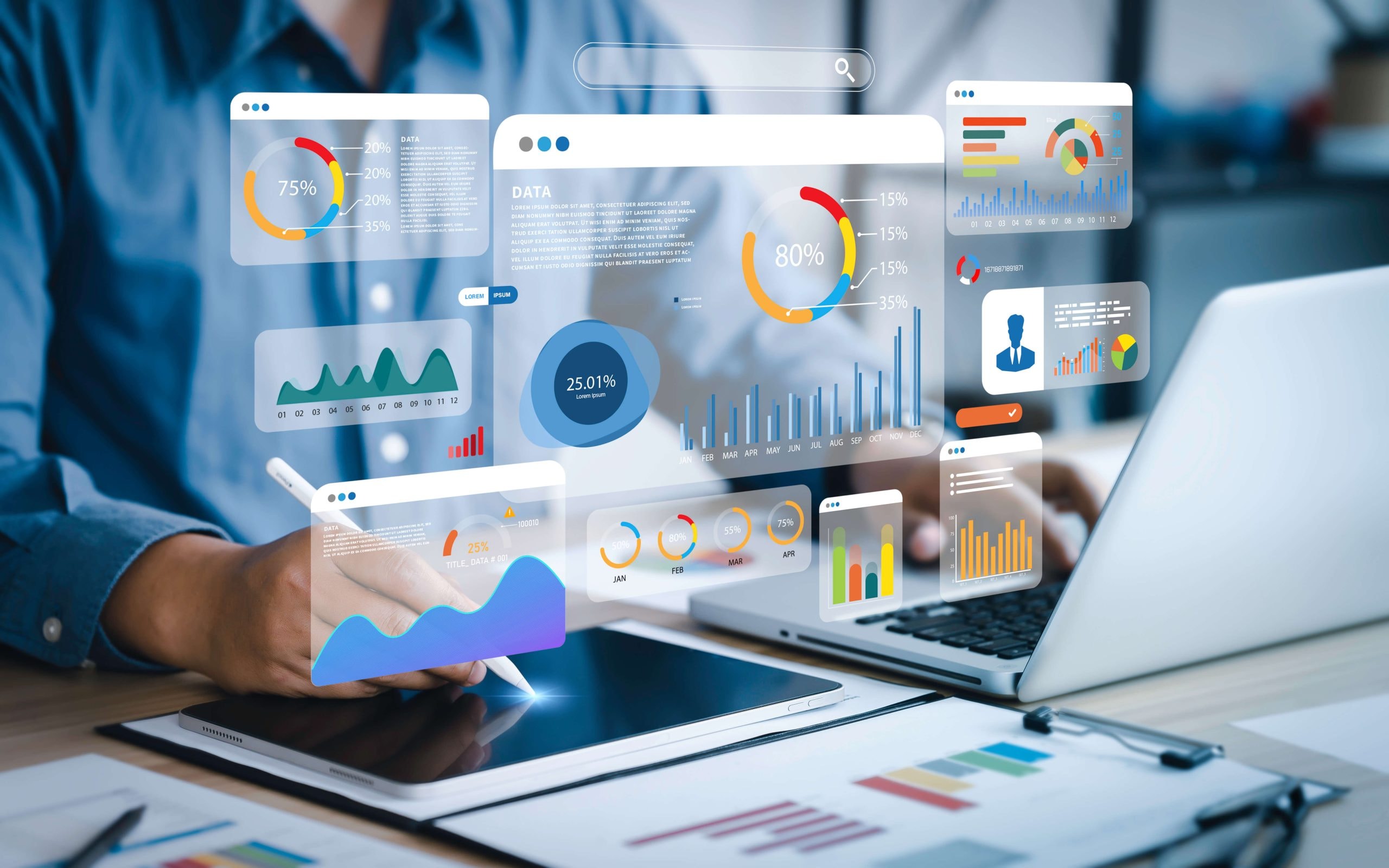
How agencies should adapt
For performance marketing agencies running multiple Shopify accounts:
- Benchmark early data:
Record November performance before Meta AI ads personalization goes live to spot post-update shifts. - Educate clients:
Explain that Meta AI now optimizes ad delivery based on AI conversations, not just page events. - Standardize tracking across accounts:
Consistent data pipelines ensure Meta’s algorithm trains evenly across clients.
Conclusion
Meta’s AI ads personalization marks a clear turning point in how digital advertising operates.
By moving beyond clicks and demographics to interpret real conversational intent, Meta is redefining how relevance is built, and how quickly it evolves.
For Shopify brands and the agencies that support them, this shift brings both opportunity and responsibility. Success will depend less on manual targeting and more on data accuracy, creative context, and adaptability.
As AI-driven personalization becomes the new default, the brands that stay curious, test early, and keep their tracking infrastructure sharp will be the ones that benefit most from this next era of Meta advertising.


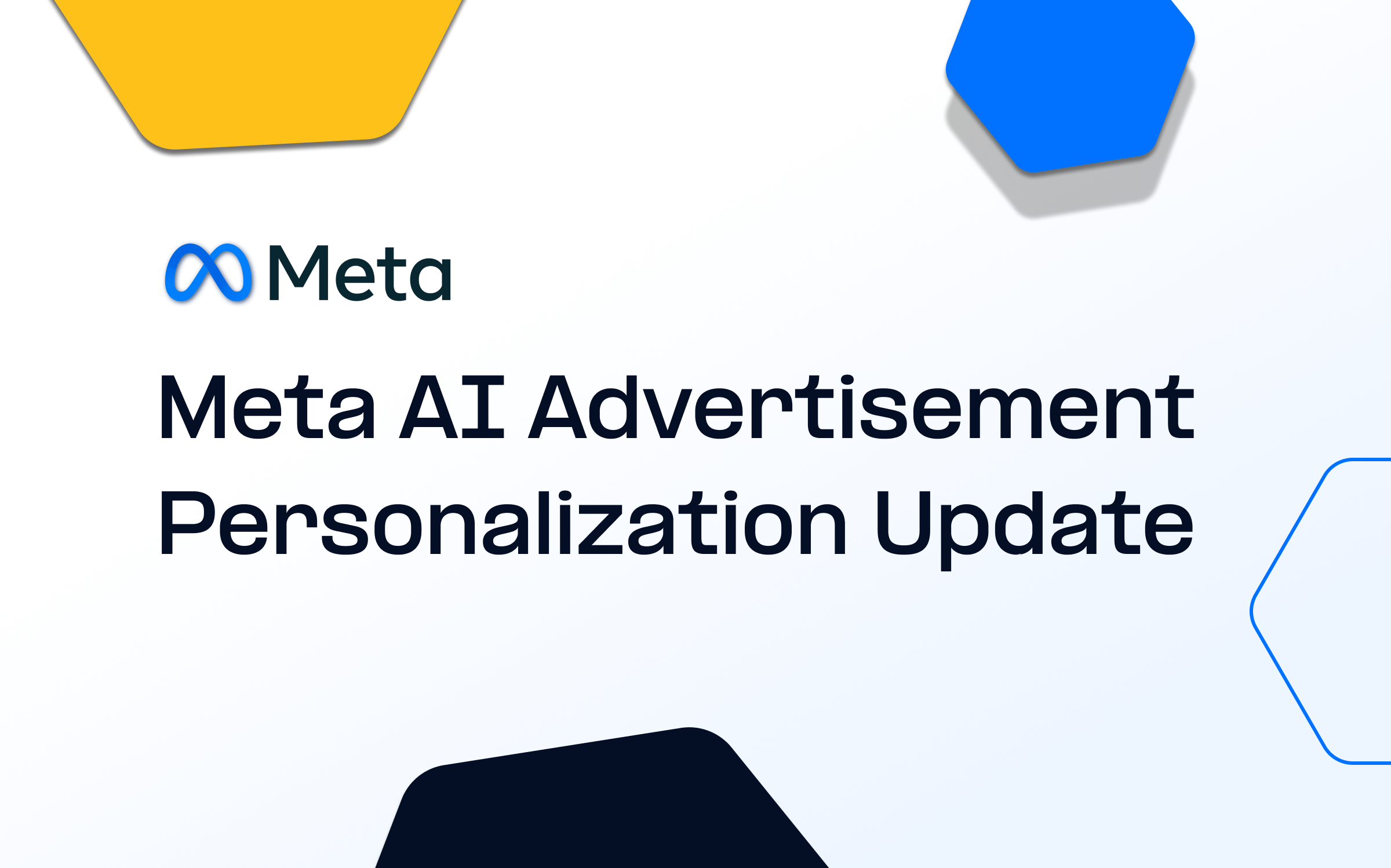





.png)
